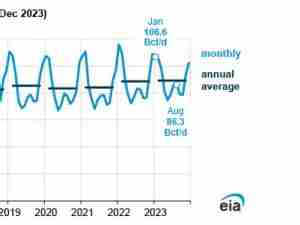- Projects must target the largest sources of NOx emissions;
- Technology choices must be verified as effective in delivering NOx reductions;
- Projects should emphasis the timeliness of the actual NOx reductions;
- And projects should maximize the use of funds available by selecting those that deliver maximum NOx reductions per dollar invested.
Clean diesel is the most cost-effective way to reduce emissions with VW settlement funds
posted by AJOT | Apr 07 2017 at 08:34 AM | Intermodal
Washington, D.C. - The nation’s top state environmental policymakers today heard how states can achieve the most cost-effective and immediate air emission reductions by targeting the largest sources of oxides of nitrogen (NOx) emissions and replacing or upgrading those with the newest generation of clean diesel technology.
Speaking at the Spring Meeting of the Environmental Council of States (ECOS), Allen Schaeffer, the Executive Director of the Diesel Technology Forum, highlighted the environmental benefits of new diesel technology during a panel discussion focusing on the best investments for states with the $2.9 billion Volkswagen Environmental Mitigation Trust. ECOS is an organization representing the nation’s top appointed environmental officials from all 50 states and the District of Columbia.
Schaeffer said each state has both a unique opportunity and a firm obligation to ensure that the VW Environmental Mitigation Trust funds are effectively utilized for the purpose of reducing NOx emissions. He also stressed during this time of change in state and federal environmental regulatory and funding relationships that the trust fund be invested in its stated purpose - to mitigate NOx emissions that occurred from the VW vehicles that were exceeding EPA emissions standards - and not be spent for other purposes. Schaeffer said that while there may be other benefits that accrue from the investment of these funds, those are secondary to the trust’s goal of reducing NOx emissions.
He noted that in California, state air regulators have said the fastest reductions in NOx emissions in 2035 in their state won’t come from power plants or even electrification of passenger vehicles, but rather from the turnover of old-to-new commercial trucks powered with the latest clean diesel engines.
States should target largest sources of NOx with verified technology
As each state begins deliberations on how to spend their portion of the VW Environmental Mitigation Trust funds, Schaeffer said their project selection process should be guided by four basic criteria:






